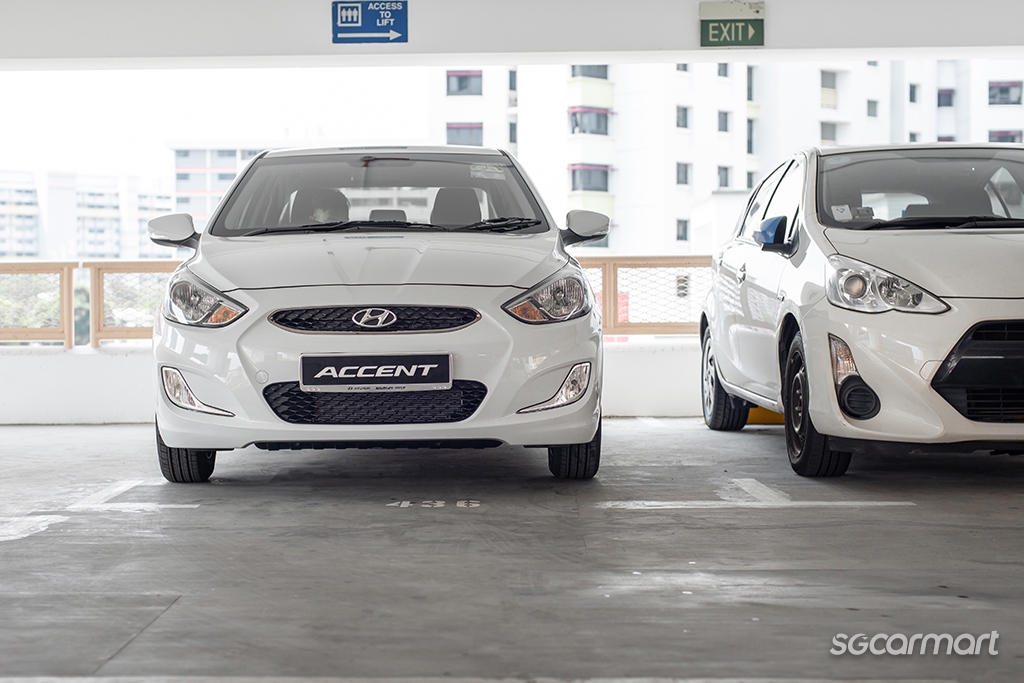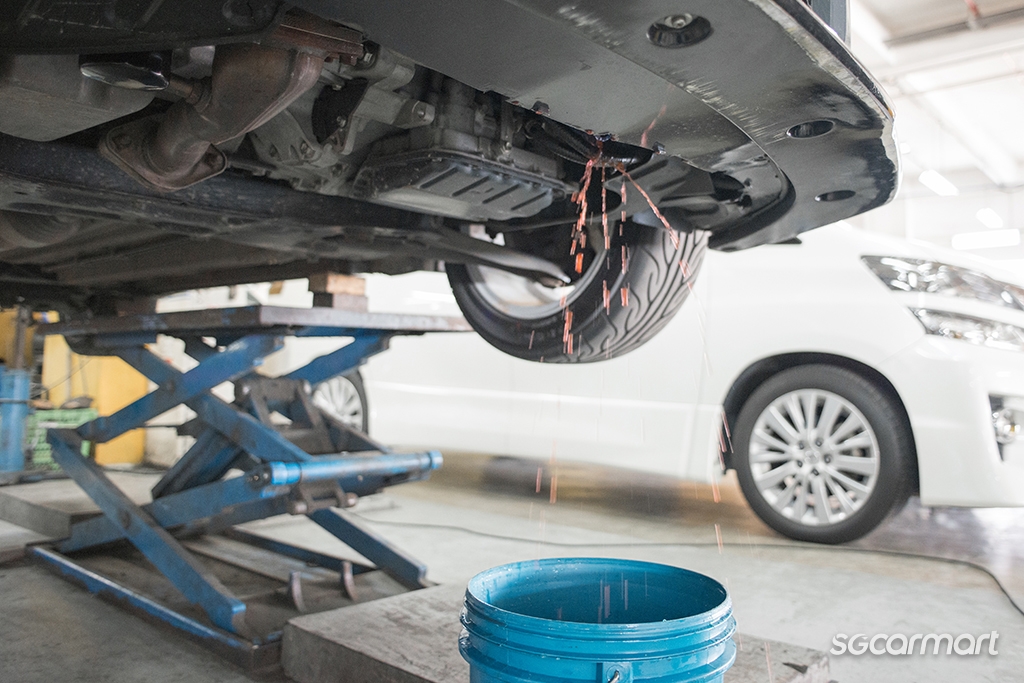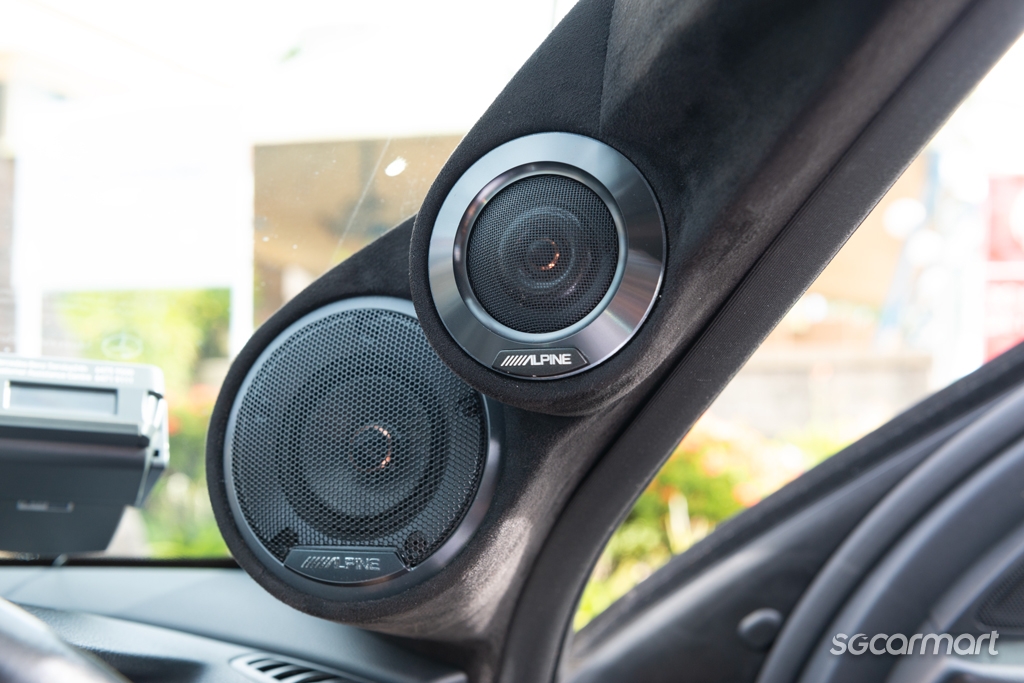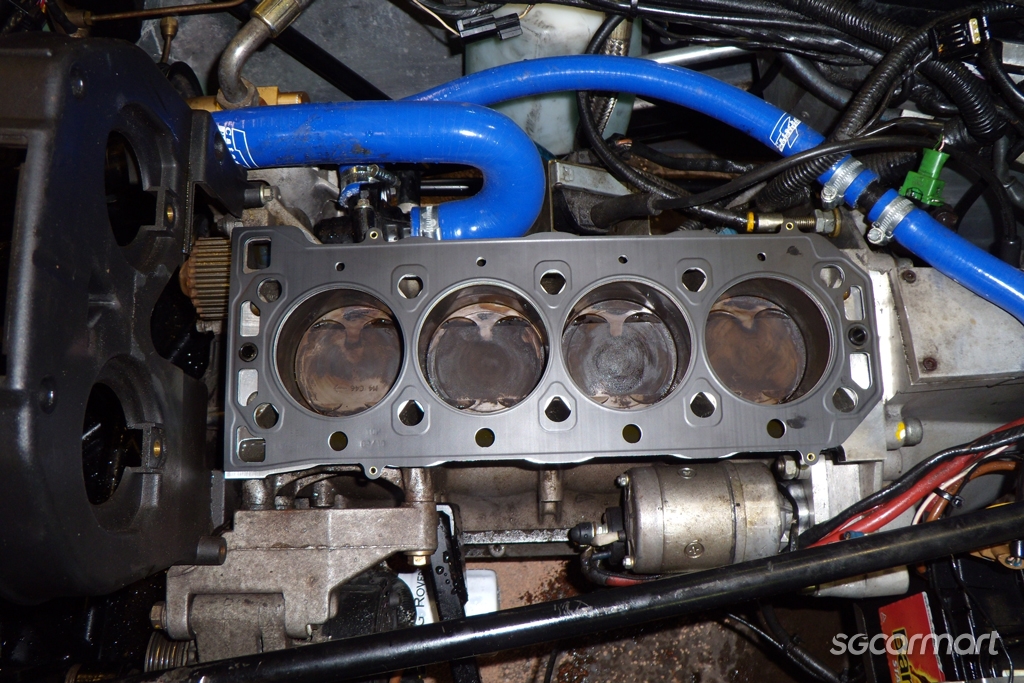How to prevent your car from overheating
21 Jun 2023|3,295 views
Unless you've been on a long holiday in a temperate country, the scorching heat we've been subjected to in Singapore has become a real cause for concern.
The tropical weather and humidity have always made outdoor activities uncomfortable, but now that the sun literally feels like it sears everything it touches, being under it is unbearable. It's enough to make car owners worry, too, as vehicle fires have become more common.
Hot weather alone will not cause your car to catch fire. However, as a car owner, there are steps you can take to help prevent such a mishap from occurring.
1. Watch for fluid leaks
We often get into our cars, start them and drive while assuming all is well. However, it doesn't hurt to occasionally glance under the bonnet of the car to check for fluid leaks before starting your drive.
Admittedly, this isn't always possible. If the carpark is dark, or you're parked in a surface carpark, checking for a fluid leak is easier said than done. But if you're in a multi-storey carpark that's relatively bright, a quick glance is possible.
If your cooling system is leaking, there will be coloured fluid pooling on the ground. Call for a tow if this is the case. Do not attempt to drive your car to the workshop - if it overheats, there might be engine damage.
2. Flush your cooling system
A car's cooling system is filled with a mixture of water and coolant, which is formulated to inhibit rust but more importantly, raise the boiling point (and freezing point, but this doesn't apply here). Without coolant, cars in Singapore would overheat.
Coolant, however, doesn't last forever. Because it is subject to harsh temperatures, it begins to break down and lose its efficacy. That means it can't maintain a high boiling point, and its ability to inhibit rust is also lowered.
Thus, every car needs to have its cooling system flushed periodically. How often and/or after how many kilometres is determined by individual manufacturers, so do consult the owner's manual.
3. Watch the wiring
Many vehicle fires are in fact electrical and not mechanical in origin. For instance, fitting aftermarket accessories such as audio components, the onus is on you to ensure that the wire is thick enough to withstand the higher voltage requirements.
When electric current flows, it produces heat. Wires that are too thin will melt their insulation under higher voltage loads, and when this happens, the other materials surrounding the wires may catch fire.
Ensure that your chosen installer is an experienced professional who will not skimp on wiring. If not, you could be listening to your favourite tunes one moment, but watching in horror as your car burns down the next.
4. Replace the head gasket
An internal combustion engine has a head gasket, which is located between the cylinder block and cylinder head. It works as a seal to isolate the engine oil and coolant channels. It is subject to high temperatures and pressures and will eventually wear out.
When this happens, oil and coolant will contaminate one another, leading to engine damage. Oil is needed to lubricate the engine and does not belong in the cooling system. Likewise, coolant in the oil prevents it from doing its job, which then affects moving components.
A head gasket does not cost much, but the labour cost to replace it can be significant. Nevertheless, once a small head gasket leak has been detected, immediately get it replaced to prevent your car from overheating - or worse.
Looking for more car maintenance content? These articles may interest you:
Five car servicing myths you must absolutely ignore
Mythbusted: Is a quality tank of fuel all you need to get rid of engine carbon build-up?
Unless you've been on a long holiday in a temperate country, the scorching heat we've been subjected to in Singapore has become a real cause for concern.
The tropical weather and humidity have always made outdoor activities uncomfortable, but now that the sun literally feels like it sears everything it touches, being under it is unbearable. It's enough to make car owners worry, too, as vehicle fires have become more common.
Hot weather alone will not cause your car to catch fire. However, as a car owner, there are steps you can take to help prevent such a mishap from occurring.
1. Watch for fluid leaks
We often get into our cars, start them and drive while assuming all is well. However, it doesn't hurt to occasionally glance under the bonnet of the car to check for fluid leaks before starting your drive.
Admittedly, this isn't always possible. If the carpark is dark, or you're parked in a surface carpark, checking for a fluid leak is easier said than done. But if you're in a multi-storey carpark that's relatively bright, a quick glance is possible.
If your cooling system is leaking, there will be coloured fluid pooling on the ground. Call for a tow if this is the case. Do not attempt to drive your car to the workshop - if it overheats, there might be engine damage.
2. Flush your cooling system
A car's cooling system is filled with a mixture of water and coolant, which is formulated to inhibit rust but more importantly, raise the boiling point (and freezing point, but this doesn't apply here). Without coolant, cars in Singapore would overheat.
Coolant, however, doesn't last forever. Because it is subject to harsh temperatures, it begins to break down and lose its efficacy. That means it can't maintain a high boiling point, and its ability to inhibit rust is also lowered.
Thus, every car needs to have its cooling system flushed periodically. How often and/or after how many kilometres is determined by individual manufacturers, so do consult the owner's manual.
3. Watch the wiring
Many vehicle fires are in fact electrical and not mechanical in origin. For instance, fitting aftermarket accessories such as audio components, the onus is on you to ensure that the wire is thick enough to withstand the higher voltage requirements.
When electric current flows, it produces heat. Wires that are too thin will melt their insulation under higher voltage loads, and when this happens, the other materials surrounding the wires may catch fire.
Ensure that your chosen installer is an experienced professional who will not skimp on wiring. If not, you could be listening to your favourite tunes one moment, but watching in horror as your car burns down the next.
4. Replace the head gasket
An internal combustion engine has a head gasket, which is located between the cylinder block and cylinder head. It works as a seal to isolate the engine oil and coolant channels. It is subject to high temperatures and pressures and will eventually wear out.
When this happens, oil and coolant will contaminate one another, leading to engine damage. Oil is needed to lubricate the engine and does not belong in the cooling system. Likewise, coolant in the oil prevents it from doing its job, which then affects moving components.
A head gasket does not cost much, but the labour cost to replace it can be significant. Nevertheless, once a small head gasket leak has been detected, immediately get it replaced to prevent your car from overheating - or worse.
Looking for more car maintenance content? These articles may interest you:
Five car servicing myths you must absolutely ignore
Mythbusted: Is a quality tank of fuel all you need to get rid of engine carbon build-up?























